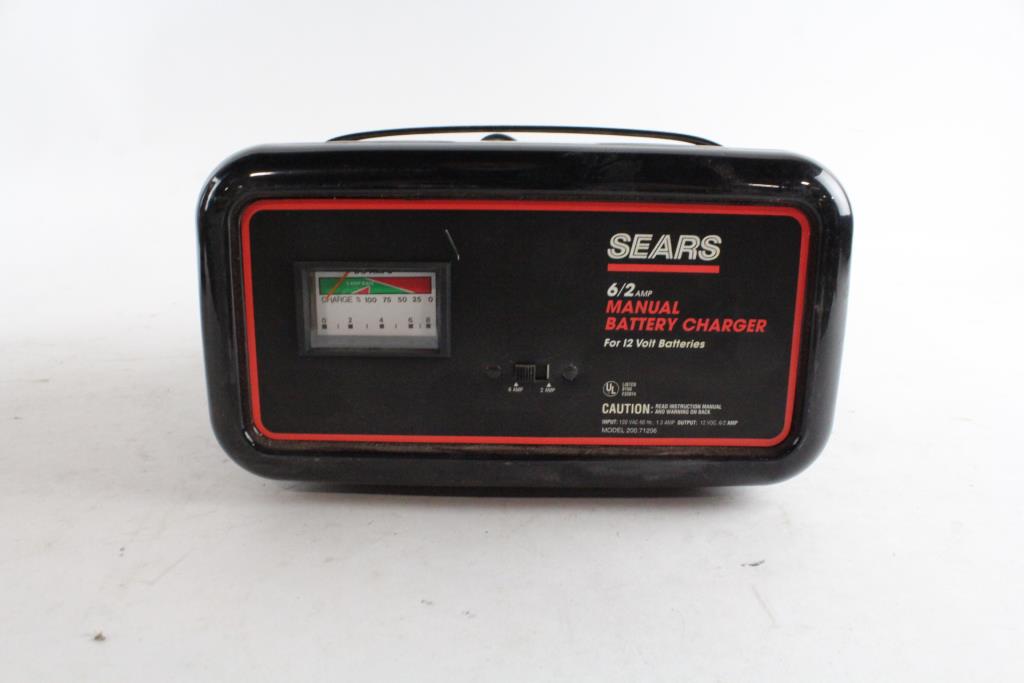

These extreme fast charge stations (XFC) should be able to recharge a BEV in less than 10 minutes and provide approximately 175 additional miles of driving. Though, to be truly competitive to the ICEV refueling experience, even higher power stations are necessary. Having access to these fast charge stations can help alleviate the “range anxiety” that is cited as a common reason for consumers to hesitate to buy a BEV.
#Solid state battery charger drivers
Studies have shown that in areas where drivers have access to 50 kW or 120 kW fast charge stations, annual electric vehicle miles traveled (eVMT) increased by over 25%, even in cases where fast charging was used for 1-5% of total charging events. To address the fast charge barrier, charging at 350 kW, or extreme fast charging (XFC), has been proposed and will serve as the basis for discussion in this report. Though the majority of recharging BEVs is done at home, having access to fast charge stations has a big impact on BEV utility from a consumer perspective. Though BEV powertrain costs are not quite at parity with the ICEV, another gap to wider adoption of BEVs that have been identified is the ability to refuel quickly, or to fast charge. Despite rapid drops in cost within the BEV powertrain of over 4x in the last 10 years, the PEV market still only accounts for approximately 1% of new light duty vehicle sales annually. more » Though there are many different classes of PEV, the intent of this study is to focus on non-hybrid powertrains, or battery electric vehicles (BEVs). by five billion gallons and save two billion dollars in fuel costs to consumers over their useful life. Accounting for 500,000 vehicle on the road today, these PEVs will reduce oil imported into the U.S. Recently, powertrain electrification with plug-in electric vehicles (PEVs) have gained traction as an alternative due to their inherent efficiency advantages compared to the traditional internal combustion engine vehicle (ICEV). Decreasing energy consumption across this sector, especially in commercial light duty transportation, is essential for the U.S. The transportation sector accounts for the largest percentage of energy use in the United States.
This would eliminate the line frequency transformer (LFT), which steps down medium-voltage AC to 3-Phase 480-V line-to-line voltage in current DCFC systems. The SST technology would directly utilize MVAC at 4.8-kV or 13.2-kV. The novel SST power cell topology, combined with a new silicon carbide (SiC) MOSFET device, enables a 3.5 percent improvement in system efficiency, a 50-percent smaller equipment footprint, and four times less weight than today’s DCFC systems. The main goal of this project is to develop a 400-kW/400-A XFC system targeting total efficiency of 96.5 percent from the MVAC grid to a vehicle. more » This problem needs to be addressed to reduce the impact on the electric utility infrastructure. If this occurs during peak demand periods, grid capacity could be overloaded. However, high power charge stations would create large power draws from the grid. To be truly competitive to the ICEV refueling experience, even higher power stations are necessary. This study finds a system with 150kW chargers, though more expensive individually, actually has lower total system cost when compared to a 50kW charging system when serving the same battery size EV. Michigan Energy Office completed a study in early 2019 titled “Electric Vehicle Charger Placement Optimization in Michigan: Phase I – Highways”. Charge stations of higher power not only alleviate the “range anxiety” and reduce the driver’s waiting time, but also requires less investment.

Studies have shown that in areas where drivers have access to 50-kW or 120-kW fast charge stations, annual electric vehicle (EV) miles traveled (i.e., eVMT) increased by over 25%, even in cases where fast charging was used for 1% to 5% of total charging events. A major identified gap to wider adoption of BEVs is the ability and availability to refuel quickly or to fast charge. Range anxiety and long battery charging time continue to be critical challenges to mass adaptation of EVs.


 0 kommentar(er)
0 kommentar(er)
